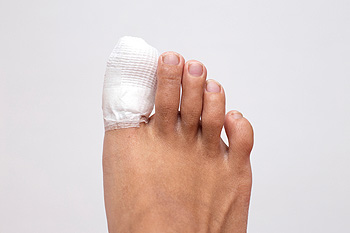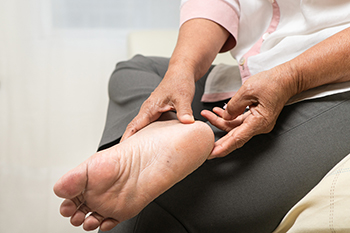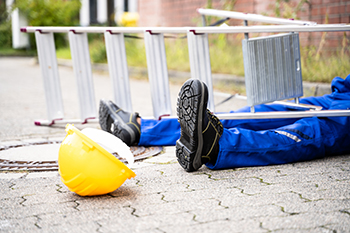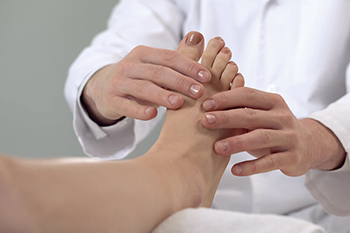
It is quite common for women to experience swelling and other changes in the feet during pregnancy. In most cases, these symptoms go away after delivery. Weight gain and a buildup of fluids in the feet can cause them to swell. Extra fluid in the body tends to collect in the ankles and feet. Swelling, or edema, may increase as the pregnancy advances. Edema may cause a woman’s foot size to change during pregnancy. Redness and itching may occur in the feet, as a result of hormonal changes. Most experts recommend that pregnant women keep their feet and legs elevated as often as possible. It is also suggested that they avoid standing for long periods. Wearing shoes with ample support and cushioning can help to maintain a level of comfort. If swelling or other foot ailments become more serious, it is a good idea to check in with a chiropodist for an examination.
Pregnancy can affect your feet in many ways, often causing pain or discomfort, as well as reduced mobility. If you are pregnant and experience foot pain, please consult with one of the chiropodists from The Footcare Centre. Our chiropodists will assess your condition and provide you with quality foot and ankle treatment.
During pregnancy, your belly isn’t the only part of your body swelling. The whole body may experience swelling, especially in the feet and ankles. Since they carry the weight of both your body and the baby’s, caring for your feet during pregnancy is very important.
Common Foot Conditions During Pregnancy
Various foot conditions can develop during the course of a pregnancy, including:
Swelling of the feet and ankles
Fallen arches, leading to acquired flat feet
Plantar fasciitis
Aching, sore feet
Changes in the toenails
Caring for the Feet During Pregnancy
Some things that you can do to help maintain the health of your feet during pregnancy include:
Wearing comfortable shoes
Resting and elevating your feet
Icing sore areas, such as the arch
Keeping your toenails trimmed
Soaking and massaging the feet
If you have any questions, please feel free to contact our office located in . We offer the newest diagnostic and treatment technologies for all your foot care needs.









